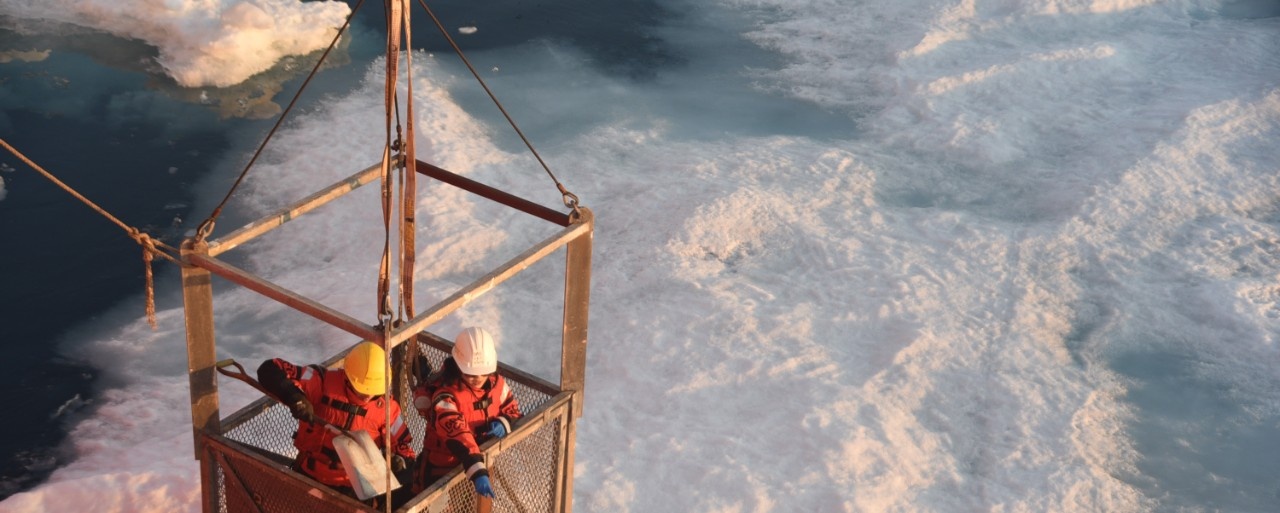Anne‑Marie O'Bierne‑Ryan

Ph. D. Thesis
Weathering History of Granitoids of the South Mountain Batholith, N.S., Canada: Mineralogy, Geochemistry and Environmental
(PDF - 52 Mb)
Devonian granitoids comprising the South Mountain Batholith, the bedrock of much of southern Nova Scotia, are locally enriched in heavy metals and radioactive elements. Although post-glacial weathering is minimal, the granitoid bedrock has been subjected to deep decomposition at least three times since the batholith's initial exposure at surface. The remnants of these weathered profiles, or saprolites, record physical, chemical and environmental characteristics different from fresh granitoid bedrock.
The oldest weathering episode occurred prior to deposition of Carboniferous strata and these saprolites have subsequently been relithified. Their geochemistry and mineralogy reflect both the weathering episode and subsequent diagenetic effects. Intense depletion of most elements resulted in a dominantly quartz-kaolinite material, consistent with development under warm humid conditions, in agreement with paleoclimatic reconstructions.
An argillaceous granitic saprolite sequence 30 metres thick beneath Triassic sedimentary strata represents a younger weathering episode. The Pre-Triassic saprolite is geochemically characterized from base to top by increase in oxidation (increase in Fe3+ I Fe2+), hydration (increase in LOI), and decrease in CaO, Na20, and REEs; it is mineralogically characterized by the persistence of biotite as well as an increase in kaolinite-to-smectite ratio. The persistence of biotite together with some Kfeldspar and smectite, is consistent with warm, semi-arid conditions during development. Pre-Pleistocene weathering is characterized by its arenaceous nature, minimal clay development, the onset of increased oxidation and hydration, and incipient migration of mobile elements. These features are consistent with warm temperate conditions, aswas typified in Cretaceous or Eocene times.
General textural, geochemical and biotite-breakdown intermediate products confirm that these saprolites represent three different weathering episodes. When reexposed at surface, these saprolites are open systems with weakened structural strength. Fission track data from fresh and weathered samples indicate that original weathering conditions resulted in the redistribution of uranium to sites where oxidizing acidic conditions may more readily liberate this uranium, and most likely result in release of radon to the surrounding waters and soils. Similarly, when previously weathered mineralized zones are re-exposed to water and oxygen at the surface as a result of road construction, building, or quarrying, loosely-bound elements including potentially toxic elements, can be liberated.
Keywords:
Pages: 295
Supervisor: Marcos Zentilli



